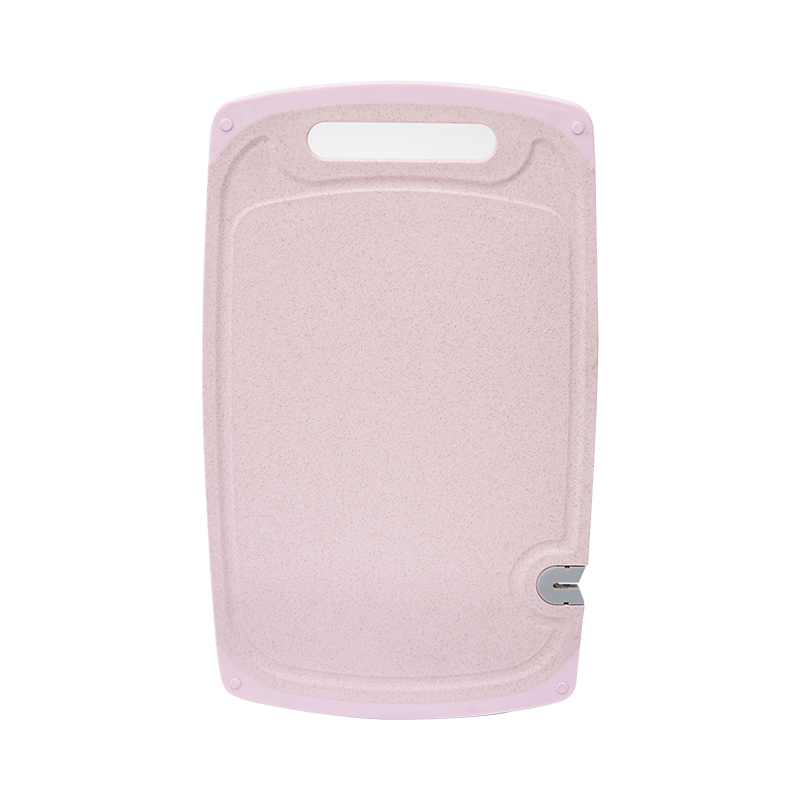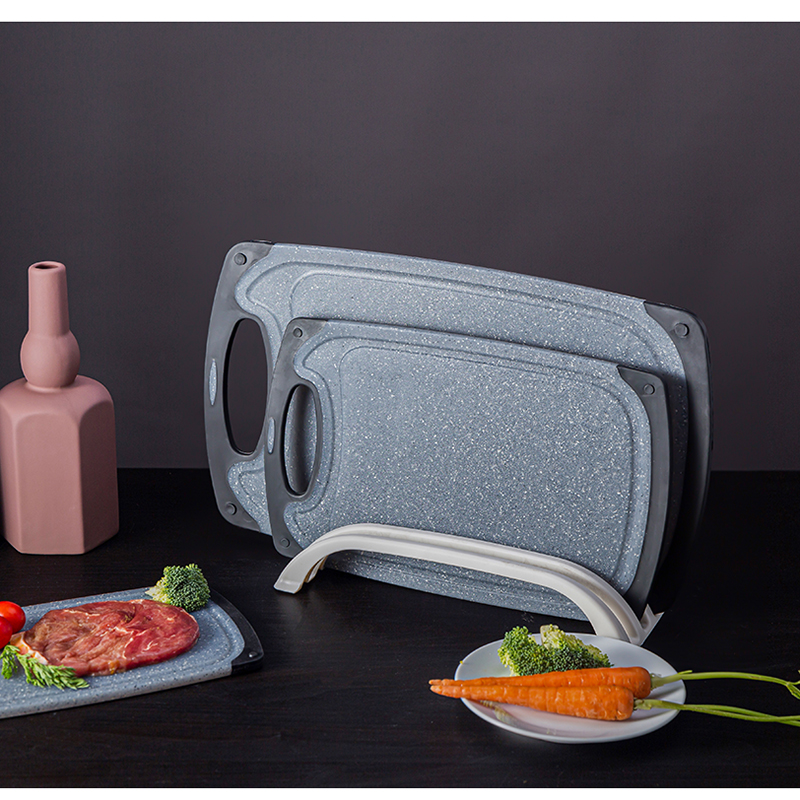Creators of Skin Deep Database Tapwater Database EWG Verified The New LedeSearch
Depending on the type of cutting board you use, your home-cooked meals could be contaminated with an unlikely ingredient – microplastics – according to a recent study . Natural Cutting Board

For the research, published in the peer-reviewed journal Ecotoxicology and Public Health, scientists tested contamination by cutting carrots on two types of plastic cutting boards, one made with polypropylene and the other with polyethylene. Their goal was to estimate the total per-person annual exposure to microplastics from using the boards.
They measured as many as 1,114 microplastic particles – pieces of plastic less than five millimeters long – each time the board was used to cut carrots.
The researchers, led by scientists from the University of North Dakota, also found that cutting carrots on a plastic board can generate as much as 15 milligrams of microplastics per cut, or about 50 grams per year – roughly equivalent to the weight of ten plastic credit cards.
The amounts vary, depending on the cutting style of the cook, the sharpness of the knife and the type of food being cut. Scientists estimated that a cutting board sees about 500 chops a day, but this will vary with the meal being prepared. Cooking a meal can involve many different steps, and not every bit of microplastic that’s generated finds its way into the final product.
Growing evidence suggests microplastics may be a public health concern. Microplastics have been found in human lungs, blood and even in the placenta .
A group of scientists in South Korea recently sounded the alarm about potential health harms after reviewing research on microplastics. Microplastic shapes can interfere with digestive and respiratory systems, and the chemical additives they release can disrupt the endocrine and reproductive systems .
Any plastic object can become a source of microplastics once it begins to degrade. A Pew Charitable Trust study pointed to tires as a major source of pollution, finding that 78 percent of microplastic particles in the ocean is from “tire dust.”
A particularly worrying source of particles are the caps of water bottles , since the particles drop directly into the drinking water inside the bottle.
Scientists are still learning about all the ways microplastics can affect human health. Most plastics don’t break down in the environment, but they do break apart – these small plastic particles can absorb chemical pollutants and microorganisms that could pose health risks for humans. Studies have shown animals exposed to microplastics may experience developmental delays, behavior changes, infertility and weakened immune systems.
Depending on where microplastics are found, they can also be contaminated with toxic chemical additives during manufacturing processes. If a chemical hitches a ride on microplastic particles and enters the body, it can leach into the body and be harmful.
Microplastics are tough to avoid, because of all the ways we rely on plastic in our daily routines and the many potential sources of microplastics.
Some governments are taking steps to tackle microplastics. The European Union recently restricted intentionally added microplastics, banning them from most consumer products. The U.S. does not regulate microplastics but did ban microplastic beads from consumer products in 2015 .
You can also avoid microplastics by using alternatives to plastic cutting boards – neither glass, marble, bamboo or wood will cause a microplastic mess. Wooden cutting boards, which have natural antimicrobial properties, are typically the cheapest.
If you want to keep using your plastic cutting board pay attention to how you slice – the carrots study found that the style someone cuts affects the amount of plastic generated. And remember to wash the board after each use.
To limit your exposure to microplastics, it’s also a good idea to avoid using plastic utensils and kitchenware.
Besides switching to a non-plastic cutting board, you can:
To protect your health, it’s essential to know what’s in your cleaning products, especially if you have kids, who are more vulnerable to the effects of toxic chemicals.
As the holidays approach, our kitchens are warming with festive feasts for friends and loved ones. The joy of preparing and indulging in holiday delicacies is often followed by the challenge of...
’Tis the season of joy and celebration – but with all the cooking and entertaining, our homes can quickly become a mess. Many of us may feel inspired to engage in a bit of seasonal cleaning –...
1250 I Street NW Suite 1000 Washington, DC 20005
EWG is a 501(c)(3) nonprofit corporation, EIN 52-2148600. Copyright © 2023, Environmental Working Group. All rights reserved. Visit EWG's 501(c)(4) organization, EWG Action Fund.

Plastic Cutting Board With Drawer Creators of Skin Deep Database Tapwater Database EWG Verified The New LedeSearch